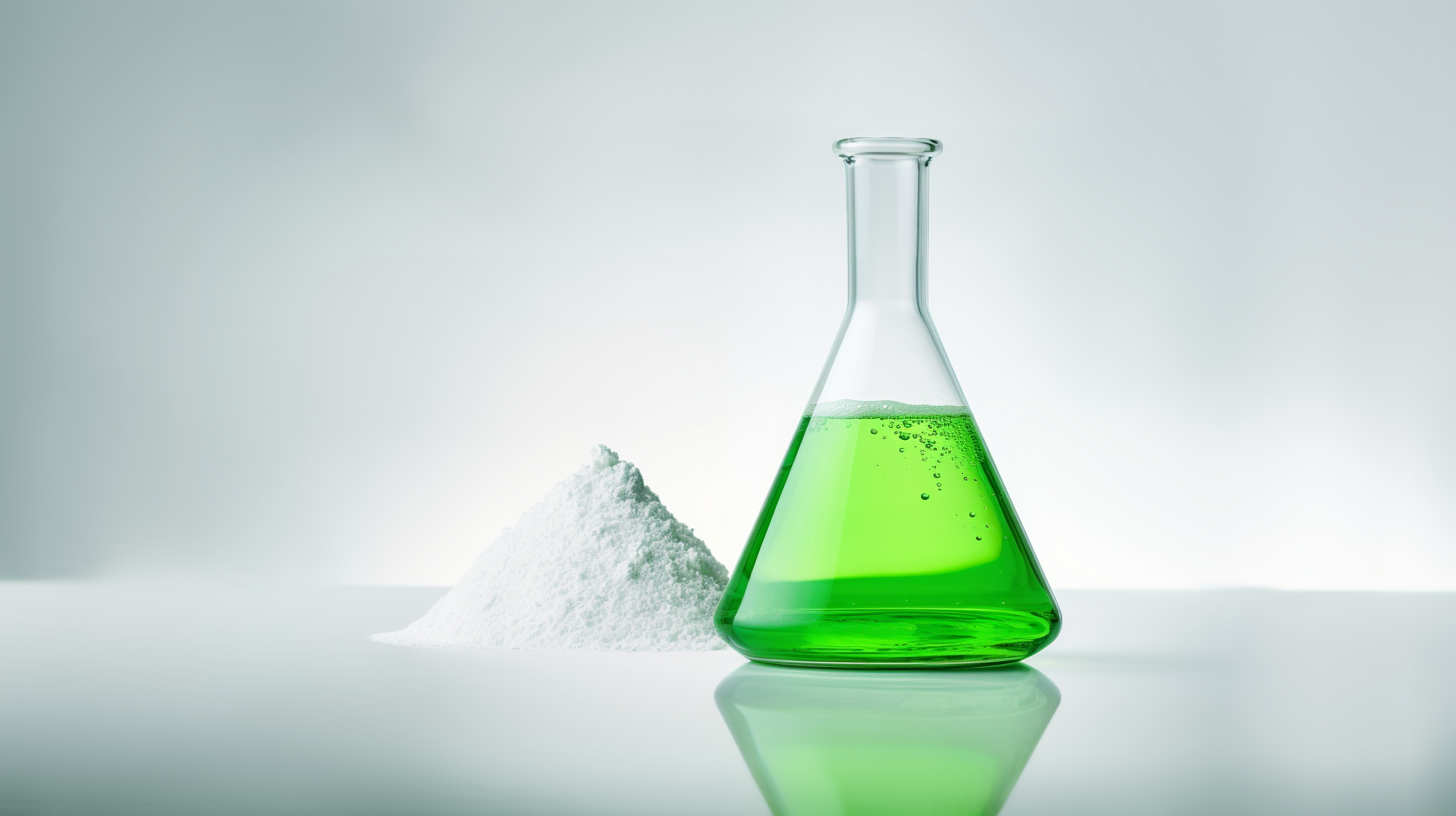A fresh solution for the lindane problem
For many years two companies located in Bizkaia, Bilbao Chemicals (Barakaldo 1947-1987) and Nexana (Erandio 1952-1982), had been manufacturing lindane and dumping it into the environment with no control whatsoever. Today we have become aware of the need to solve the problems caused by this dumping and the difficulty in achieving this since there is no viable process that will safely destroy the lindane mixed with the soil. A study by the UPV/EHU’s Department of Physical Chemistry and Analytical Chemistry in collaboration with Tecnalia has confirmed the hypothesis of the high reactive capacity of iron nanoparticles to degrade lindane.
Lindane has been routinely used among farmers as an insecticide and pesticide, and although its use has now been banned, the consequences of lindane manufacture and use have not disappeared. The risk posed by lindane lies in the fact that it is not only toxic, it can be accumulated in living organisms. From an environmental point of view, it has low solubility, high stability and high persistence and resistance to degradation in the environment.
Although there is as yet no viable process for safely destroying lindane, an innovative, efficient alternative is to use iron nanoparticles. Iron nanoparticles have shown themselves to be very effective as a decontaminating agent when it comes to handling various families of highly toxic compounds like lindane. However, they have a number of drawbacks that limit and hamper their application, since they oxidize easily in the presence of air and their tendency to agglomerate limits their mobility in the medium in which one is seeking to apply them. So the need to protect them is done by using Carboxymethyl cellulose (CMC), polyaspartate (PAP) and poly (acrylic acid) (PAA) as biodegradable polymer coatings.
From the laboratory to the land
“The main aim of our study was to validate on a laboratory scale whether these iron nanoparticles can be applied and whether they have the capacity to eliminate the lindane,” explained Itxaso San Román, member of the UPV/EHU’s Department of Analytical Chemistry. This requires advanced analytical techniques capable of monitoring the degradation process, which will take place in the presence of the various nanoparticles, determining the speed of the reaction and likewise detecting the possible by-products that are formed in the course of that reaction.
The process to degrade the contaminant itself was evaluated by analysing samples of water containing lindane using the technique called solid-phase extraction (SPE). That way the lindane remaining in the solution was measured over time. Likewise, the technique involving solid-phase microextraction (SPME) was used to detect the gas by-products generated during the degradation at each moment in the study by means of gas chromatography with a mass spectrometry (GC-MS) detector.
Through the techniques employed it was possible to compare and study the effectiveness of the various types of nanoparticles used to degrade the lindane and to find out the reaction speed in each case. The study showed how the lindane gradually disappeared in the presence of the nanoparticles over time (between 1 and 72 hours), revealing various reaction tendencies and speeds. “The protection of the nanoparticles increases the effectiveness of the degradation of the lindane and also prevents the agglomeration of the nanoparticles; the result is a greater reaction surface,” pointed out Itxaso San Román. However, “as the lindane concentration in water diminished over time, other less harmful by-products were seen to appear; as time passes these will probably be transformed into more innocuous compounds,” she said. That way “both the coated and uncoated nanoparticles have been shown to be capable of transforming the lindane into other less harmful products,” stressed San Román. “This fact provides valuable information for applying them in the future as a decontaminating tool in real environmental matrices,” she added.
Original publication
Other news from the department science
These products might interest you

NANOPHOX CS by Sympatec
Particle size analysis in the nano range: Analyzing high concentrations with ease
Reliable results without time-consuming sample preparation

Eclipse by Wyatt Technology
FFF-MALS system for separation and characterization of macromolecules and nanoparticles
The latest and most innovative FFF system designed for highest usability, robustness and data quality

DynaPro Plate Reader III by Wyatt Technology
Screening of biopharmaceuticals and proteins with high-throughput dynamic light scattering (DLS)
Efficiently characterize your sample quality and stability from lead discovery to quality control

Get the chemical industry in your inbox
By submitting this form you agree that LUMITOS AG will send you the newsletter(s) selected above by email. Your data will not be passed on to third parties. Your data will be stored and processed in accordance with our data protection regulations. LUMITOS may contact you by email for the purpose of advertising or market and opinion surveys. You can revoke your consent at any time without giving reasons to LUMITOS AG, Ernst-Augustin-Str. 2, 12489 Berlin, Germany or by e-mail at revoke@lumitos.com with effect for the future. In addition, each email contains a link to unsubscribe from the corresponding newsletter.
Most read news
More news from our other portals
See the theme worlds for related content
Topic world Gas chromatography
Gas chromatography is an essential method in analytical chemistry for the separation and analysis of volatile compounds. Due to its high resolution and sensitivity, it has become firmly established in areas such as environmental analysis, food chemistry or forensic science. GC provides precise and reliable results and enables deep insights into the chemical composition of samples.

Topic world Gas chromatography
Gas chromatography is an essential method in analytical chemistry for the separation and analysis of volatile compounds. Due to its high resolution and sensitivity, it has become firmly established in areas such as environmental analysis, food chemistry or forensic science. GC provides precise and reliable results and enables deep insights into the chemical composition of samples.
Topic world Extraction
Extraction is a fundamental process in the chemical laboratory that enables specific components to be isolated and concentrated from a mixture. Whether it's extracting active ingredients from natural products, removing impurities from synthesis products, or preparing analytical samples, extraction is a key step in achieving precise and efficient results in chemical research and analysis.

Topic world Extraction
Extraction is a fundamental process in the chemical laboratory that enables specific components to be isolated and concentrated from a mixture. Whether it's extracting active ingredients from natural products, removing impurities from synthesis products, or preparing analytical samples, extraction is a key step in achieving precise and efficient results in chemical research and analysis.
Topic World Mass Spectrometry
Mass spectrometry enables us to detect and identify molecules and reveal their structure. Whether in chemistry, biochemistry or forensics - mass spectrometry opens up unexpected insights into the composition of our world. Immerse yourself in the fascinating world of mass spectrometry!

Topic World Mass Spectrometry
Mass spectrometry enables us to detect and identify molecules and reveal their structure. Whether in chemistry, biochemistry or forensics - mass spectrometry opens up unexpected insights into the composition of our world. Immerse yourself in the fascinating world of mass spectrometry!



























































